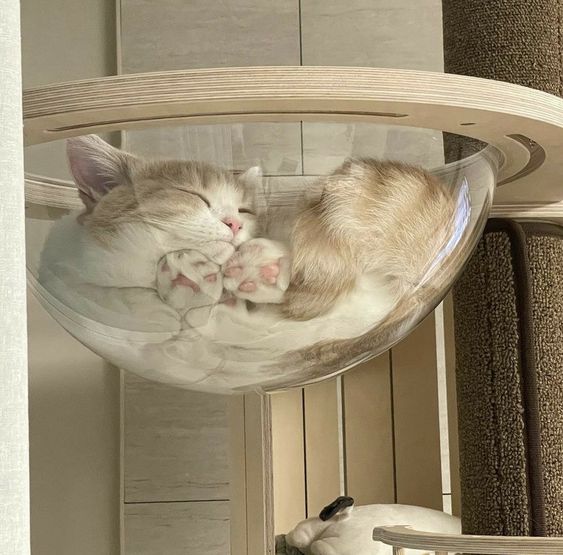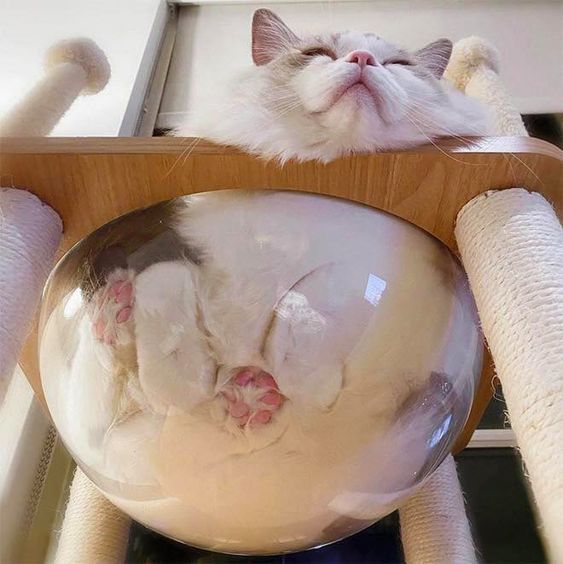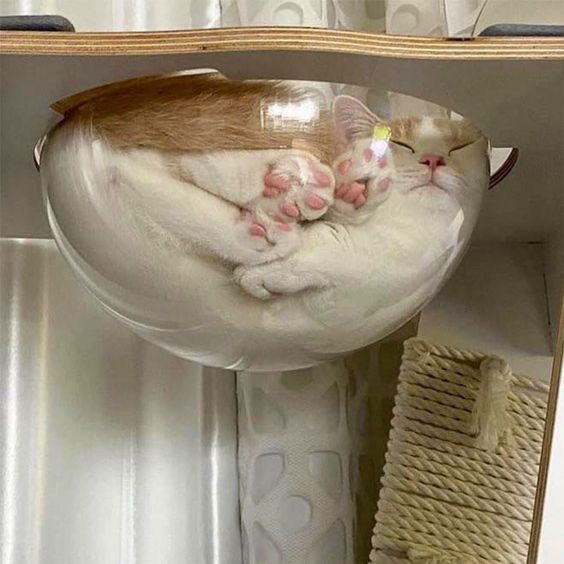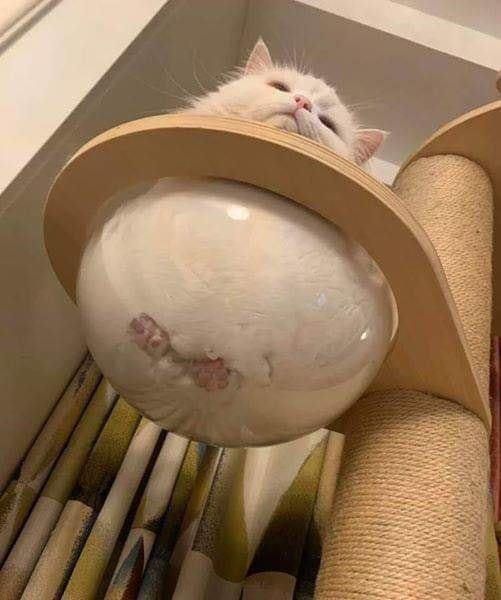



Cats have long been regarded as mysterious creatures, known for their ability to squeeze into seemingly impossible spaces and contort their bodies into unusual positions. One of the most intriguing aspects of feline behavior is their uncanny resemblance to liquids.
Despite being solid creatures, cats often exhibit behaviors that mimic the fluidity of liquids. From gracefully flowing into tight spaces to seamlessly adjusting their bodies to fit into awkward positions, cats seem to defy the laws of physics with their liquid-like movements.

One of the most famous examples of this phenomenon is the “cat in a box” scenario, where a cat effortlessly conforms to the shape of a box, regardless of its size or dimensions. This ability to mold themselves to their surroundings is not only adorable but also a testament to their remarkable flexibility.
Furthermore, cats are known for their love of lounging in warm and cozy spots, often draping themselves over furniture or curling up into impossibly small balls. This behavior further reinforces the idea of cats as liquid-like creatures, capable of flowing effortlessly from one position to another.
In addition to their physical flexibility, cats also exhibit fluid behavior in their social interactions. They are known for their adaptability and can seamlessly integrate themselves into new environments, much like the way a liquid can take the shape of its container.
Overall, the fluid nature of cats is a fascinating aspect of their behavior that continues to capture the curiosity of cat lovers around the world. Whether they’re gracefully slinking through tight spaces or lounging in a sunbeam, cats never fail to amaze with their liquid-like movements and behaviors.

